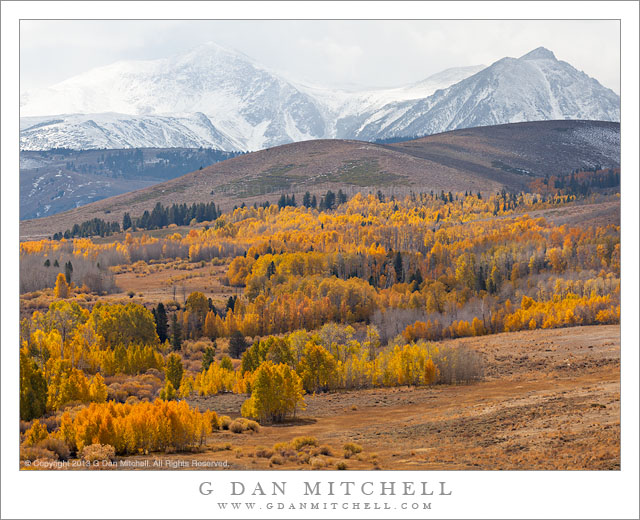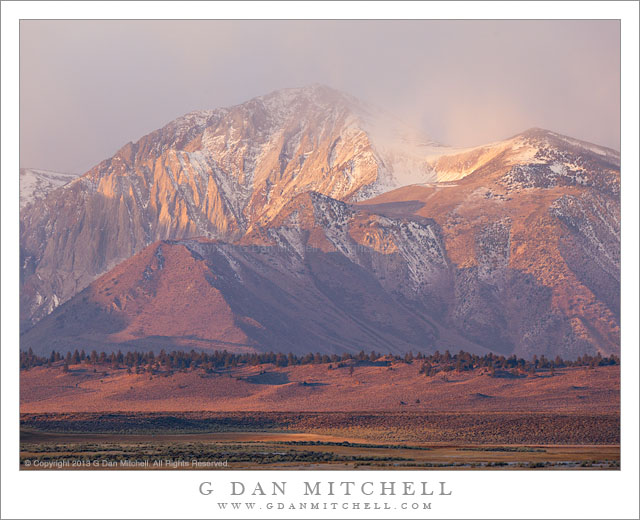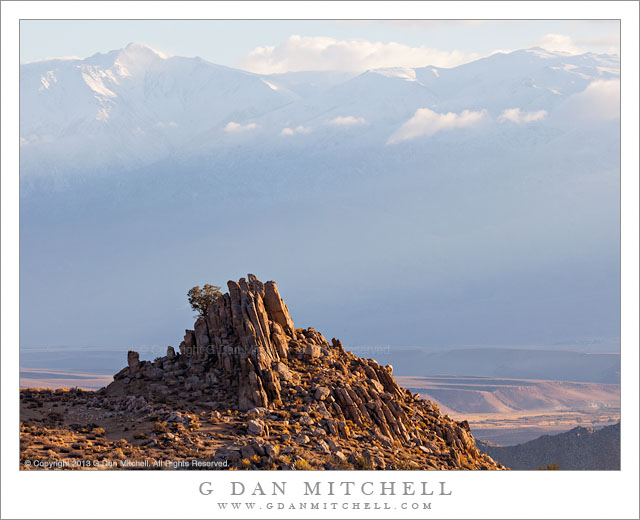Recently Fujifilm announced an updated version of the X-E1, the X-E2, with availability scheduled for sometime in the second half of November 2013. I have not had a chance to use the new body as of this writing, but here is some information about the new x-E2, along with some thoughts about it relative to the prior X-E1.
There is a perception that some camera manufacturers are slow to incorporate new technologies into their cameras or to make updates to improve the functionality of existing models. Fujifilm, on the other hand, seems to take a very different approach. They have frequently improved and updated the earlier X-series bodies by way of firmware updates that have offered significant improvements and added new features. This seems to carry over into the introduction of new models as well, and the X-E2 appears to incorporate a number of useful and important updates. Much of what follows is, as alluded to above, based on specification sheets and other writing about the camera since I have not used it as of this date.
- The camera’s physical design appears to be very similar to that of the X-E1 – a casual observer might not notice the differences. A few control buttons have been moved, and there are now separate AF and AE buttons. The display is a bit wider.
- The camera continues to use a 16MP 1.5x cropped format X-trans sensor, which I find to be a fine performer – the marketing material now refers to the “16.3MP APS-C X-Trans CMOS II sensor,” but time will tell whether the fundamental image quality is significantly different. Fujifilm says that image processing has been improved to include a Lens Modulation Optimizer function that compensates for image issues such as diffraction blur at smaller apertures along with other sorts of image aberrations. It will be interesting to see how the diffraction blur reduction software performs, as this becomes more of an issue with cameras with small sensors.
- An improved (e.g. faster) “EXR Processor II” is said to improve camera performance in many ways – quicker startup, shorter shutter lag, burst mode shooting, and more.
- The video performance has been improved. Video was not a strong point of the X-E1, but the X-E2 supports higher frame rates and more formats including 1080p video.
- Fujifilm reports that the AF system has been significantly updated. It is said to use both contrast-detection and phase-detection systems (each of which has advantages in various situations) to improve AF performance – this is said to help with both low light conditions and moving subjects. This is an important area since mirrorless camera AF systems generally do not perform as well with moving subjects.
- The camera incorporates a “digital split image” system for manual focus, which seems to recall the old split-image systems of film cameras, along with a focus peaking – both of which can assist with accurate manual focus.
- The camera has built-in wifi connectivity. Fujifilm says this will allow connectivity to “Android or iOS mobile device[s]” to browse images remotely and to transfer images. It is unclear whether this works with other devices such as laptops.
- The X-E2 uses the same battery as the X-E1, which might be an important issue for anyone considering an upgrade or using the X-E2 along with other X-series cameras.
What does this all mean? Should you sell your X-E1 and get an X-E2? Should you pre-order an X-E2 or wait and see? What else might Fujifilm have up their collective sleeves? The answers are not all clear, but some initial conclusions might be drawn.
- The X-E2 appears to be a solid update to the X-E1, addressing a list of specific areas for improvement identified by users of the X-E1: improvements to both automatic and manual focusing, updating the video performance, upgrading the processor, tweaking the physical interface.
- For many users, the introduction of the X-E2 provides an excellent window of opportunity to save money on the X-E1. Currently the X-E1 body is available for $799 (the X-E2 is $200 more and not available yet) and the X-E1/18-55mm lens bundle is only $999 ($400 less than the same bundle with the X-E2). This pricing may not be available for long.
- If you are considering your first camera of this type and cost isn’t a constraint, the X-E2 seems well worth it. If you want to make sure you get one soon, I recommend pre-ordering now, since the initial deliveries are likely to sell quickly.
- If you already have a X-E1, the answer to the question of whether you should update to the X-E1 is probably, “It depends.” If video is important to you or if you need improved focus performance performance, upgrading from the X-E1 to the X-E2 may be worthwhile. On the other hand, if you mostly do still photography and you are happy with the X-E1, it probably makes sense to continue to use it for now.
What am I going to do? My situation is perhaps unique. I’m quite happy with the X-E1, which I use in conjunction with a Canon DSLR system. Given the way I use it, I would probably not update for the improvements in still-photogaphy. However… I am also working on a project right now that involves video, and it may end up making more sense for me to move to a X-E2 as a way to get better video performance with the Fujifilm lenses that I already own.
(This text has been adapted from an update to my article on the X-E1, “Taking Stock of the Fujifilm X-E1 Mirrorless Camera” – visit that article for a review of the X-E1 that is still very relevant to the new X-E2.)
Fujifilm mirrorless gear at B&H:
Cameras/bundles
- NEW Fujifilm X-E2 – due for mid-November 2013 release and available now for pre-order
- Fujifilm X-E1 – still available and a good value at reduced price
- Additional Fujifilm X-series bodies
Accessories
Lenses
© Copyright 2013 G Dan Mitchell – all rights reserved.
 G Dan Mitchell is a California photographer and visual opportunist whose subjects include the Pacific coast, redwood forests, central California oak/grasslands, the Sierra Nevada, California deserts, urban landscapes, night photography, and more.
G Dan Mitchell is a California photographer and visual opportunist whose subjects include the Pacific coast, redwood forests, central California oak/grasslands, the Sierra Nevada, California deserts, urban landscapes, night photography, and more.
Blog | About | Flickr | Twitter | Facebook | Google+ | 500px.com | LinkedIn | Email
Text, photographs, and other media are © Copyright G Dan Mitchell (or others when indicated) and are not in the public domain and may not be used on websites, blogs, or in other media without advance permission from G Dan Mitchell.
Like this:
Like Loading...

 G Dan Mitchell is a California photographer and visual opportunist whose subjects include the Pacific coast, redwood forests, central California oak/grasslands, the Sierra Nevada, California deserts, urban landscapes, night photography, and more.
G Dan Mitchell is a California photographer and visual opportunist whose subjects include the Pacific coast, redwood forests, central California oak/grasslands, the Sierra Nevada, California deserts, urban landscapes, night photography, and more.

